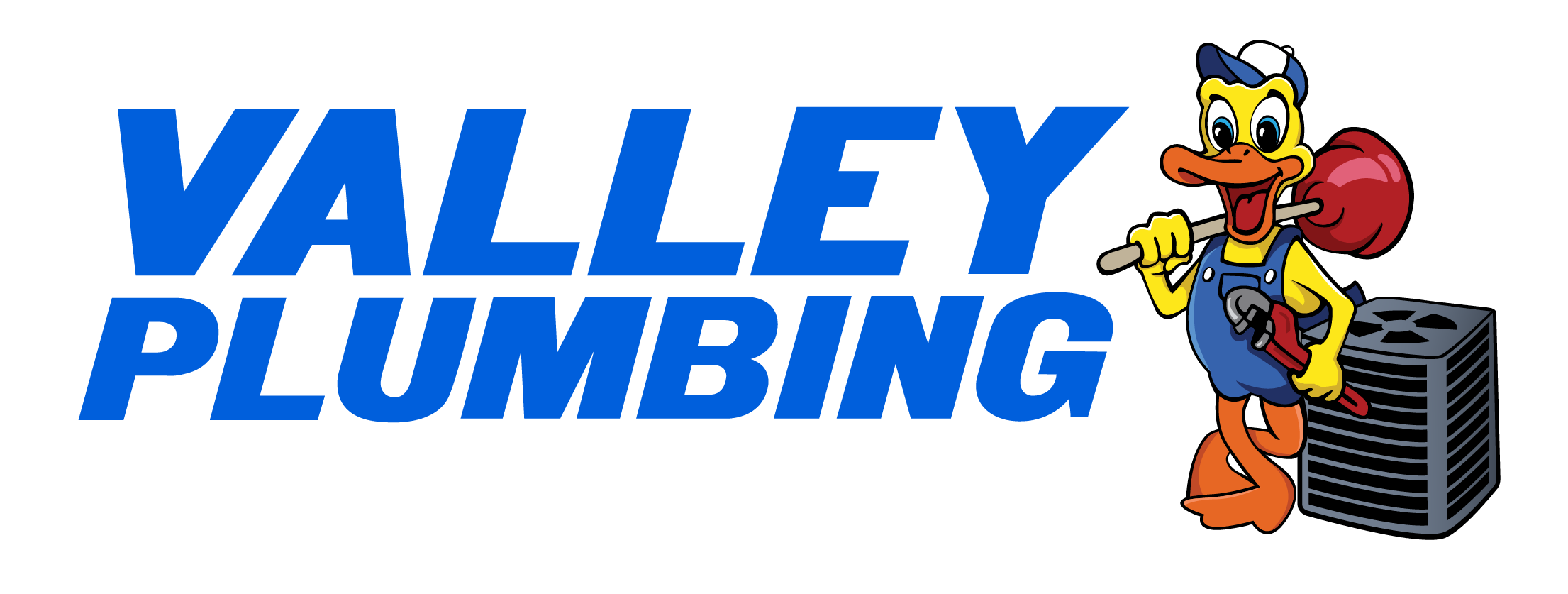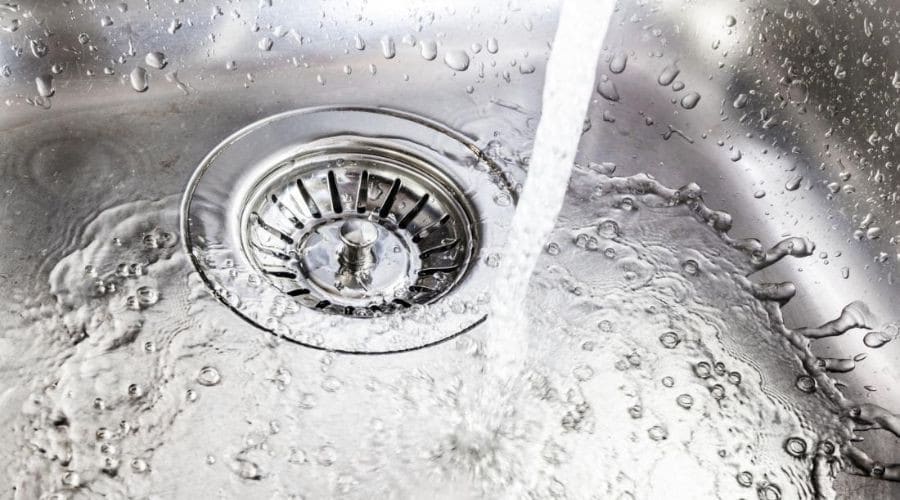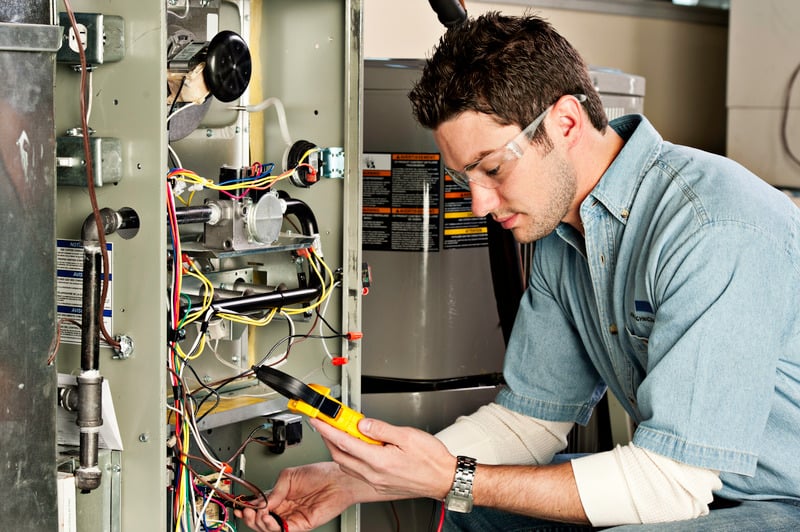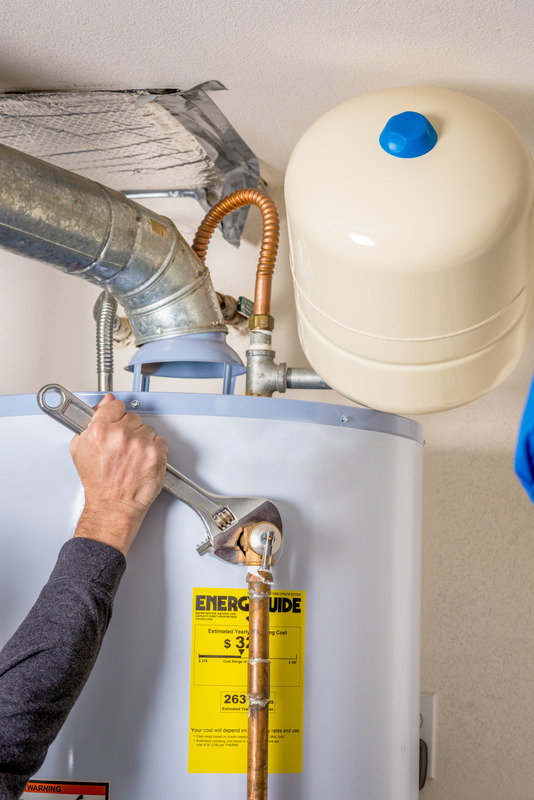Your water heater is one of the hardest-working appliances in your home. But like any system, it won’t last forever.
At Valley Plumbing & Drain Cleaning, we specialize in water heater replacement across Utah County—helping homeowners choose the right solution for comfort, efficiency, and long-term reliability.
If you’re noticing any of these signs, it may be time to replace your system.
1. Your Water Heater Is 10+ Years Old
Most tank water heaters last between 8–12 years. If yours is nearing or past that range, replacement is usually more cost-effective than continued repairs.
Check your unit’s manufacture date (found on the serial number sticker). If it’s over a decade old, start planning ahead.
2. Inconsistent or Lukewarm Water
Fluctuating temperatures or a limited hot water supply often signal a failing heating element or heavy sediment buildup. Flushing the tank may help temporarily, but if the problem persists, your system may be losing efficiency.
3. Rust or Discolored Water
If you notice rusty or murky water coming from your taps, corrosion may be occurring inside the tank. Once rust develops, leaks are often next.
Our team can inspect your unit and recommend whether repair or full replacement is the smarter long-term choice.
4. Strange Noises from the Tank
Popping, banging, or rumbling sounds usually mean sediment has hardened at the bottom of the tank. This makes your system work harder and accelerates wear.
While a flush may help, recurring noise is a sign your heater is nearing the end of its life.
5. Leaks Around the Base
Even a small puddle near your water heater is cause for concern. Corrosion and pressure buildup can cause cracks in the tank that are not repairable.
If you see moisture around the base, shut off the water and call Valley Plumbing immediately.
Why Utah County Homeowners Trust Valley Plumbing
For over a decade, Valley Plumbing & Drain Cleaning has provided expert water heater repair and replacement services throughout Utah County. We install trusted brands and offer energy-efficient models designed for your household needs.
Whether you choose a traditional tank or a modern tankless water heater, we’ll handle the job safely, professionally, and efficiently.
Schedule Your Water Heater Replacement in Utah County
Don’t wait until you’re left with cold showers. Call Valley Plumbing today to schedule water heater replacement in Utah County.
Our licensed professionals will inspect your system, recommend the best upgrade, and install it right—the first time.
FAQ
Q: Should I repair or replace my water heater?
A: If it’s more than 10 years old or needs frequent repairs, replacement is usually more cost-effective.
Q: How long does installation take?
A: Most replacements are completed within a few hours.






